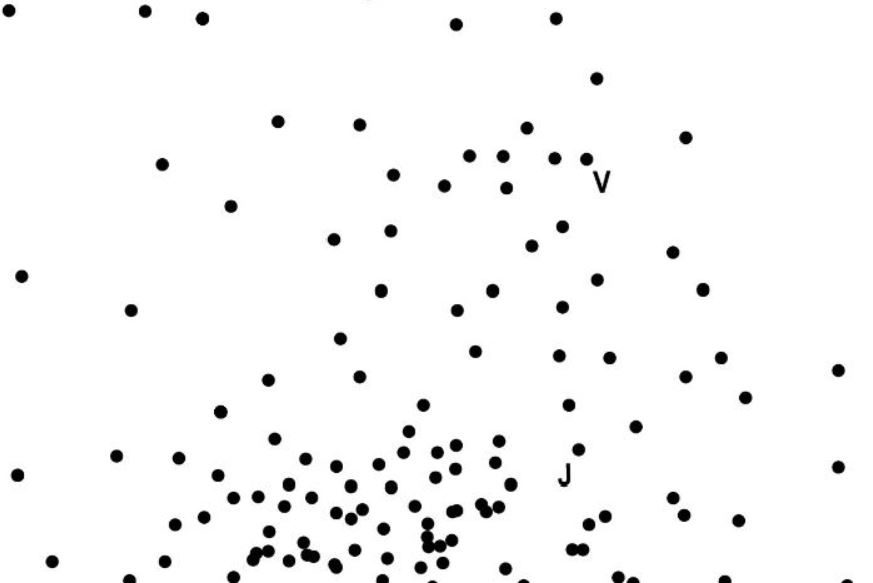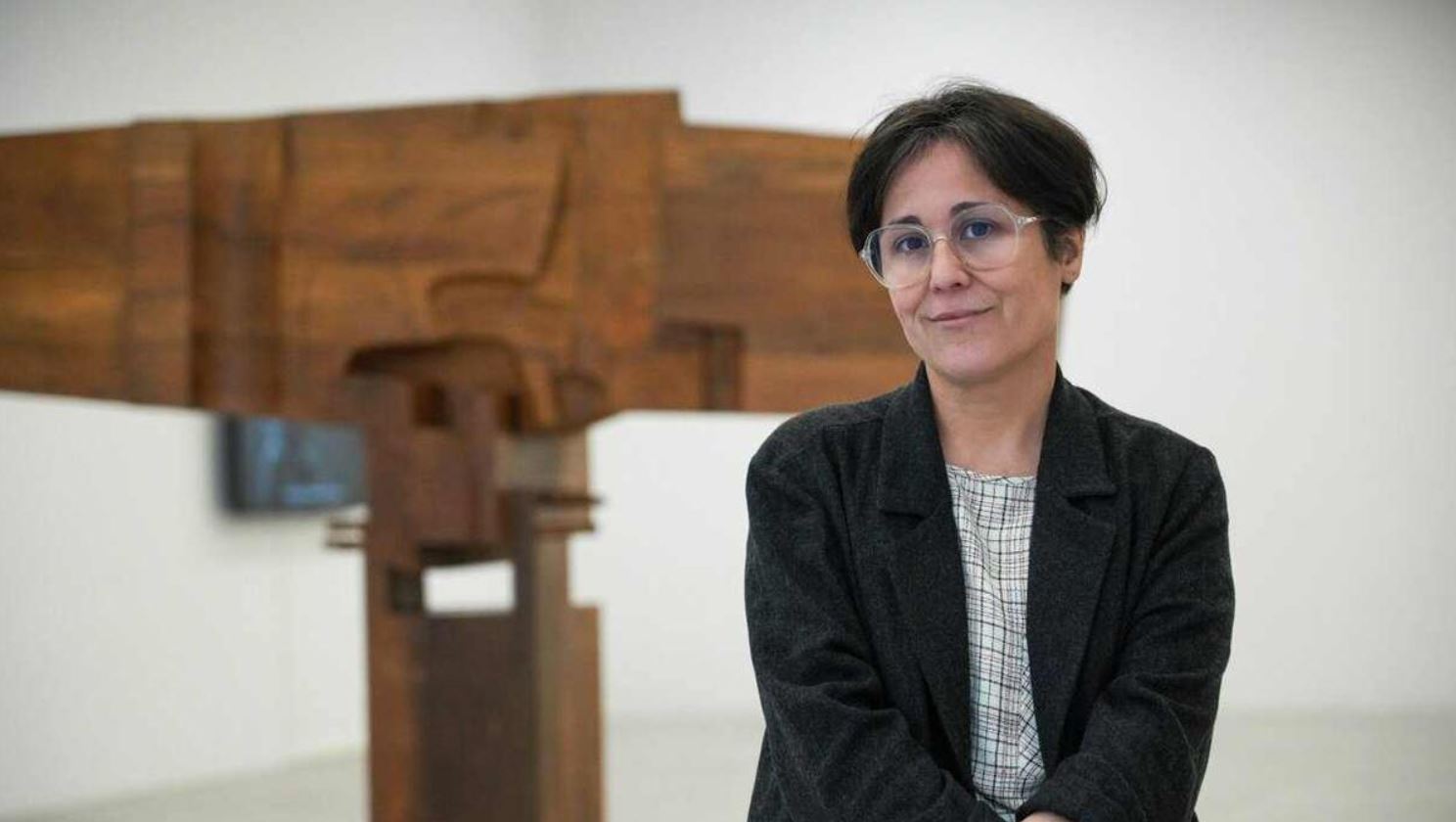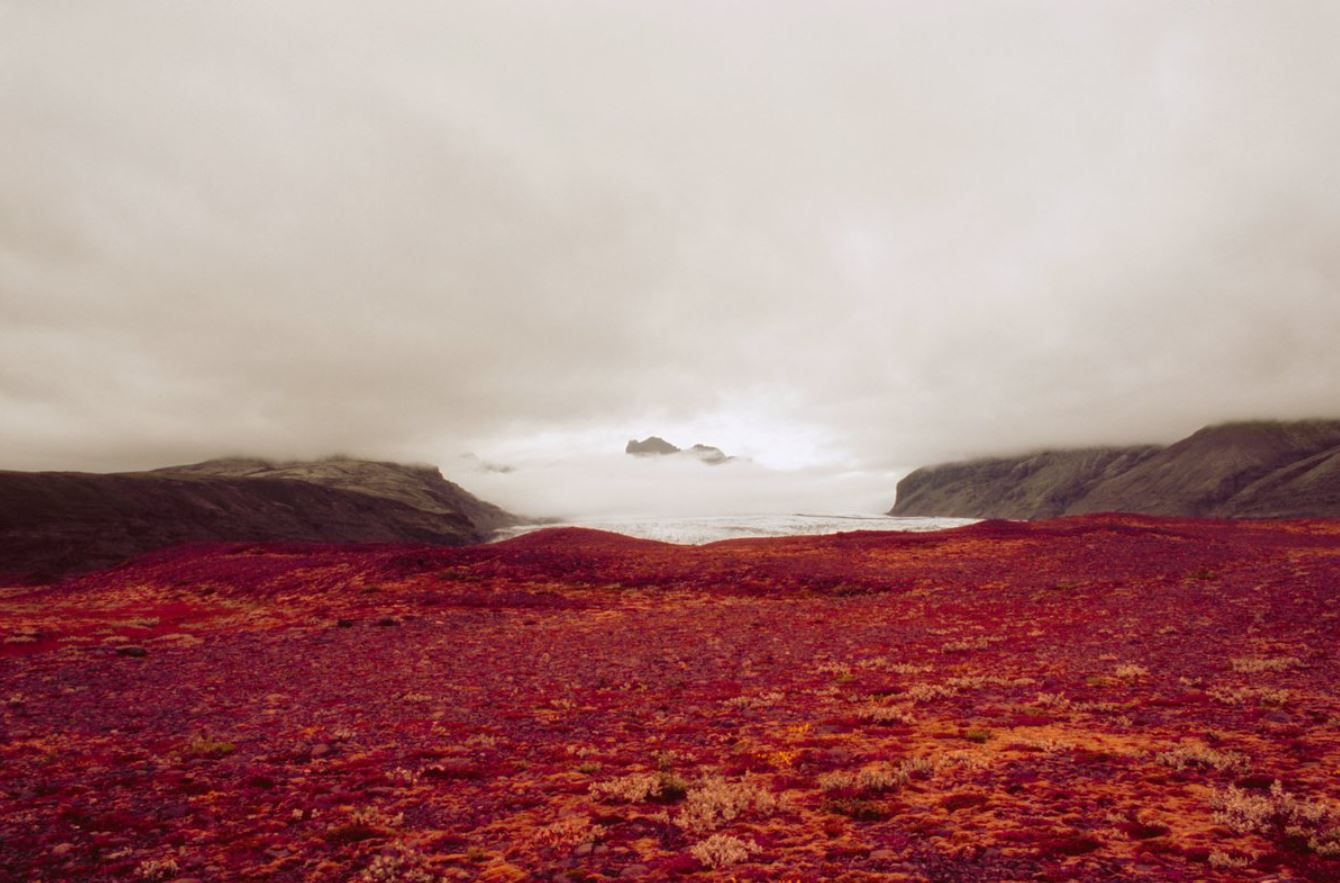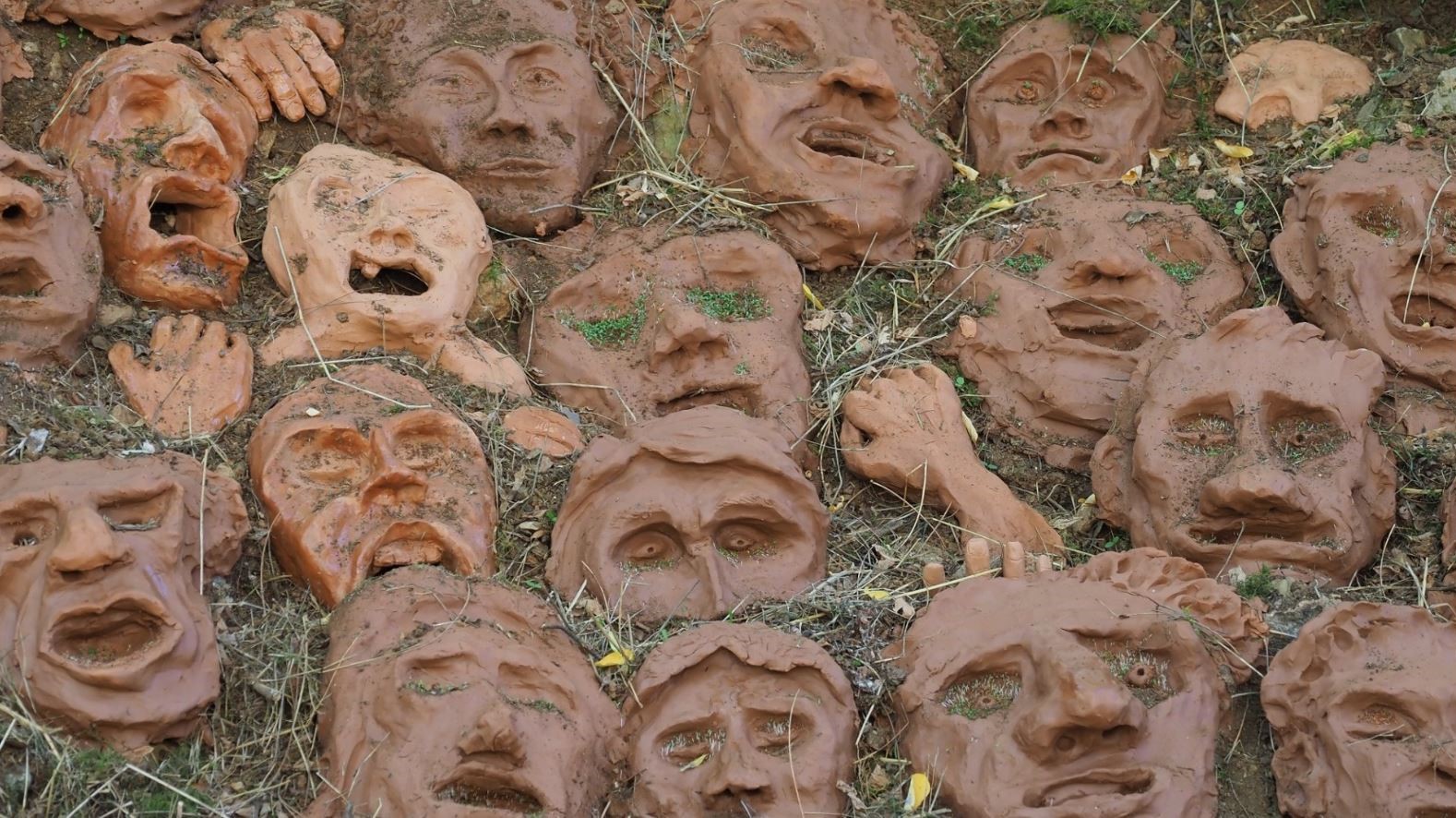Exhibitions
The Vila-Casas Foundation presents Francesc Domingo and Madola
Two essential figures who continue to enrich our understanding of art and humanity through their respective trajectories.
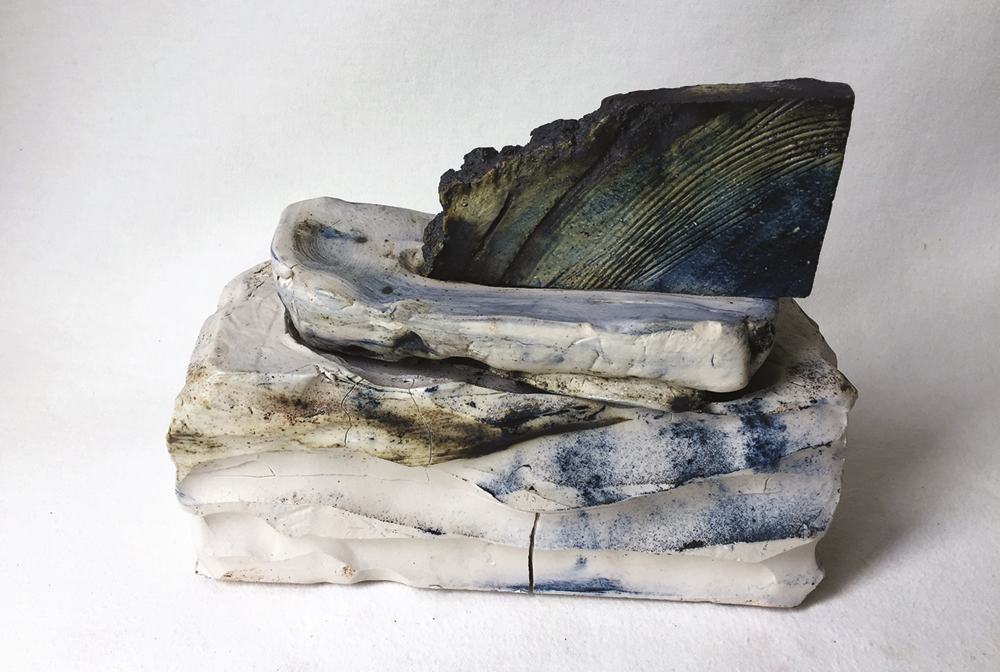
Francesc Domingo, from Sant Just to São Paulo
With his unmistakable legacy and a life dedicated to art, Francesc Domingo returns to the light through an anthological exhibition that allows us to explore his legacy. In the Espais Volart of the Vila Casas Foundation, curated by curator Natàlia Barenys, a complete tour of the creative stages of one of the most outstanding artists of the Catalan avant-garde, from his beginnings in Sant Just Desvern to to its mature production in São Paulo.
The exhibition explores Domingo's life and artistic career, marked by deep working-class roots and his training in popular athenes, which fueled a creative rebellion and a strong commitment to the people. This influence crystallized in his firm will to democratize art and culture, as was evident during the Catalan Revolution of 1936. In those turbulent times, Domingo led cultural initiatives that sought to make art accessible to everyone, an effort that eventually led him into exile, leaving an imprint that still resonates.
From his first works with Josep Llorens Artigas, to his time in Paris in the 1920s alongside figures such as Joan Miró, Domingo cultivated a style that evolved into an introspective realism. This creative journey would also pass through Fauvist realism in Tossa de Mar, before culminating in its fascinating cultural translation in Brazil. In this period, he fused elements of Catalan tradition, such as La Moreneta, with Brazilian reality, creating works that portrayed black and mulatto mothers, in a celebration of the artistic and social fraternity that permeated his vision of the world.
.jpg) Dibuix, Francesc Domingo (primer terç s.XX)
Dibuix, Francesc Domingo (primer terç s.XX)
A fundamental aspect that is evident in the exhibition is his extraordinary ability as a draftsman. For Domingo, the line was not only the basis of his work, but the very essence. With precise and measured strokes, he managed to capture the soul of the figures and forms, giving his compositions a unique solidity and depth. Before any pictorial work, he made numerous sketches and notes, thus establishing the solid basis of his creations. This mastery of drawing was the central axis that supported all his artistic production.
Finally, the exhibition highlights how Domingo, influenced by artists such as Isidre Nonell, Cézanne and Picasso, built a personal artistic language that breathed poetry and a deep spiritual connection with Catalan Romanesque art. His ability to connect the past with a modern and inclusive vision places him, along with Miró and Dalí, in the pantheon of the great names of the Catalan avant-garde of the twenties. However, this opens the debate that was already raised by his first biographer, Jaume Pla: if Francesc Domingo is, without a doubt, one of the most important artists of the 20th century, how is it that he has been largely forgotten in the collective memory class?
Madola, a millennial fire
Earth, water and fire are the three primary elements that define Madola's work, which, with its apparent simplicity, hides an almost inscrutable depth. With an artistic career spanning almost sixty years, Madola has managed to transform the most common materials into vehicles of spiritual expression and deep reflection. His work, now on display at the Vila Casas Foundation's Espais Volart, offers a unique look at the relationship between the elemental and the sacred, between the everyday and the transcendent.
Curated by Caterina Almirall, the exhibition presents a journey through the various stages of Madola's career, from the sixties to the present day. Organized in six distinctive areas, the exhibition reveals the evolution of his work, which oscillates between the most organic and the most constructive. Each area highlights fundamental themes of his creation, such as the relationship between life and death, and explores how Madola's motifs for reflection have developed over time, giving shape to a constant dialogue between the most everyday aspects and the deepest ones.
Madola's allegiance to ceramics as a means of expression is not just a material choice, but a connection to ancestral practices that investigate the relationship between man and the natural elements. His works, which include urns, steles, tablets and amulets, not only reproduce traditional forms but also reinvent them, seeking something that transcends our immediate understanding. Madola also explores the various representations of the body, always by parts, as if they were amulets or remains of ancient statuary.
[file09a93]
In the most recent pieces of the exhibition, current problems such as environmental pollution and humanitarian crises resulting from forced migrations are reflected. These works demonstrate Madola's involvement with contemporary issues, offering a critical view of today's world. His ability to combine architectural art with sculpture reveals a vocation for exploring structures both in full dimensions and in smaller details, with meticulous attention to the creative process.
Finally, Salvador Espriu's influence on Madola's career is evident in his works dedicated to the Arenys de Mar Cemetery. This relationship, which began with a request for his first exhibition, has been a key pillar in his artistic creation. The current exhibition not only celebrates Madola's legacy as a ceramist, but also vindicates his unique and innovative language in the contemporary context. With each piece, Madola offers us a deep reflection on the interconnection between the tangible and the transcendent, inviting us to explore the invisible depths of the human experience.
Both exhibitions can be visited from September 17, 2024 to January 19, 2025 at the Vila-Casas Foundation Volart Spaces.





